Managing Personal Change Is Hard
Here's How To Do It
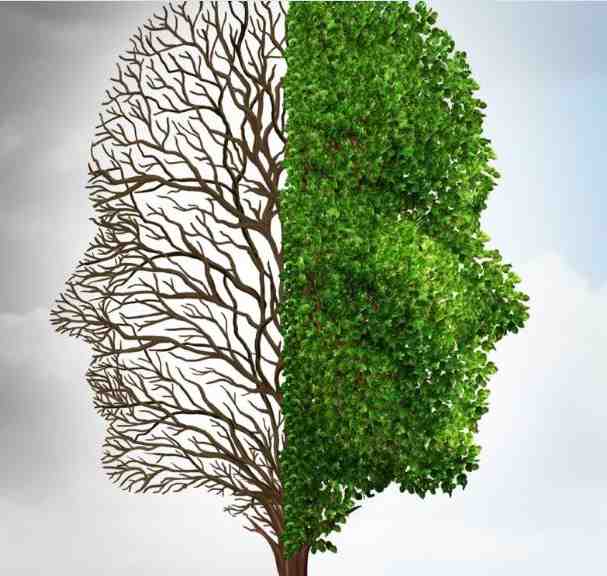
Managing personal change is inherently tricky.
We usually make the flawed assumption that it is skills based, in other words that we can read about it, go to seminars, watch videos and be taught to change.
Whilst it is true that we can be taught, generally we won't change.
For background reading [free download]: "Managing Personal Change"
Contrary to what the multi-billion dollar self-help sector, and it's gurus, will tell you:
Managing Personal Change - Key Themes
[1] Immunity to change
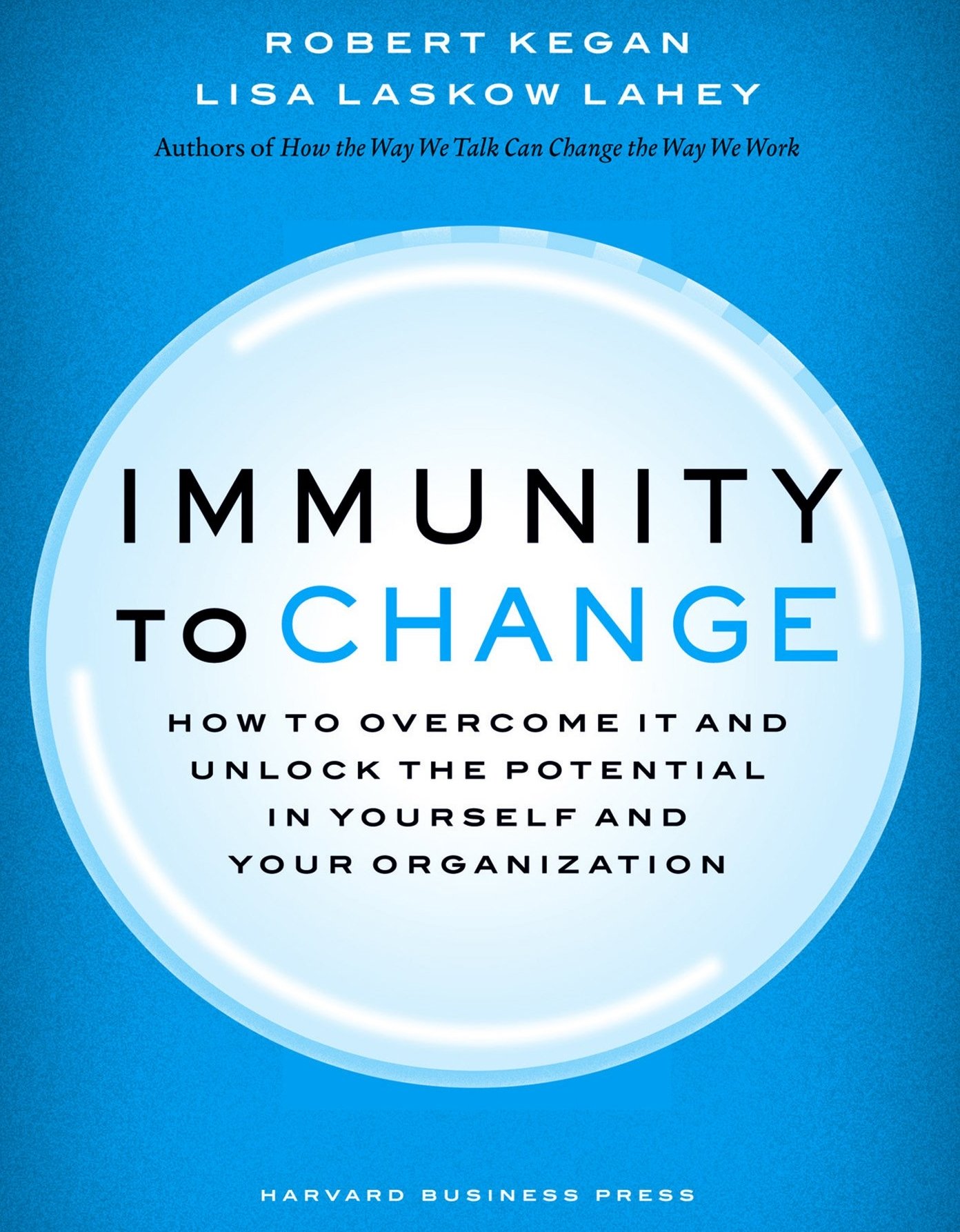
We can't change because of what Professors Robert Kegan and Lisa Laskow Lahey have referred to as: "Immunity to Change" or inner resistance.
So what is the source of our inner personal resistance that lies beneath and sabotages our best attempts at managing personal change?
Research undertaken by Kegan and Lahey has led them to define inner personal resistance to change as a "hidden commitment", with a hidden underlying root cause, and this "hidden (or unconscious) commitment" is in direct opposition and conflict with our stated commitment to change.
So what this means in practise is that our best intentions, for example a New Year resolution, to lose weight or stop smoking is sabotaged from the outset by another unconscious part of us that actually likes and wants to smoke and over eat.
Your failure to achieve a personal change goal isn’t the result of a lack of will-power, it’s your "emotional immune system" trying to protect you.
Here's and introduction and overview to your immunity to change.
[2] Your inner map of reality
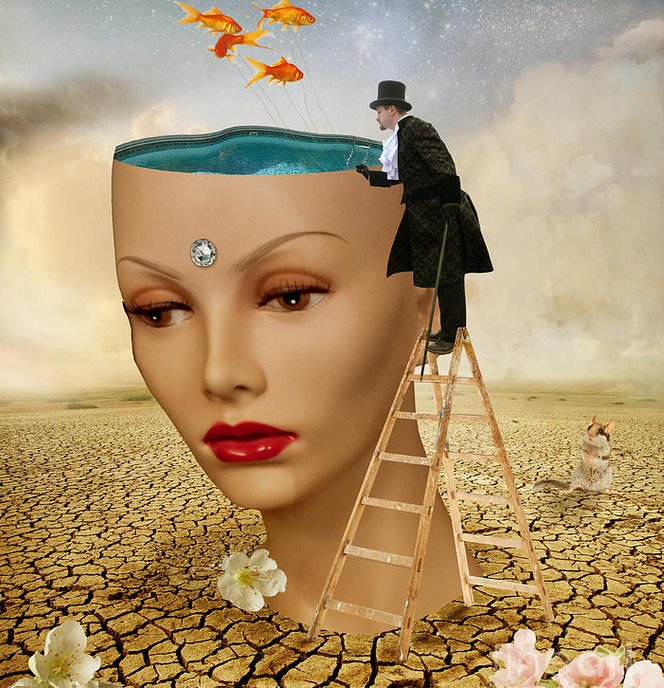
You may find it helpful to understand why we think the way that we do.
A lot of of this is to do with our inner map of reality, which is how we see the world.
As we are all the product of our own ethnic, national, social and religious backgrounds we quite naturally have an inbuilt inner map that see life from the perspective of that background and that has a tremendous effect on our attempts at managing personal change.
This inner map applies a whole range of filters related to the profile and characteristics of our environmental background. We develop our own personal beliefs that are based on this inner map of reality, to navigate us through life and primarily to keep us safe. For most of us, most of the time, this is largely an unconscious process.
These inner beliefs are very strong and have a very strong emotional (or energy) element and it is this unconscious feeling, based on an inner belief, that is the root cause of our resistance to our best attempts at managing personal change. The inevitable outcome is that it is this unconscious belief and associated powerful feeling that causes us to not do things we commit to doing.
These inner beliefs also act as very strong filters and stop us seeing or hearing anything that conflicts with those beliefs.
Here is how your inner map of reality works.
[3] How we get stuck in the mud with all this

Part of the way our minds work is that we get very attached to and stuck with our thoughts and emotional states. In summary:
- They arise automatically
- They are repetitive
- The repetition causes reinforcement – making us more attached and thus more stuck
- We are largely if not totally unaware of this process
- We mistake the state for who we are
- We identify totally with these states – we are immersed in them – "I am angry" – "I am happy" etc
- After the passing of a certain amount of time these states recede or pass and we are "normal" again
- After the passing of a certain amount of more time these states arise again and the whole cyclical process repeats itself
- Again and again and again…ad infinitum
This is the tragedy of the "natural" human condition and why we fail at managing personal change.
The start point to success in managing personal change is to understand that what matters is not the content of your thoughts but your relationship with your thoughts.
[4] Resolving your resistance to change
Any attempt at managing personal change starts with a clear understanding of your unconscious resistance.
This is often referred to as the "knowing doing gap", or as Kegan puts it:
"... how to close the gap between our intentions, things we actually want to carry out, and what we are actually able to do".
How To Resolve Your Resistance To Change.
How To Change The Way You Think

You can waste years of your life (as I have done) and spend a fortune in various forms of introspection, analysis and therapy digging and delving into how and why you think and feel as you do - and becoming very well informed.
Please don’t get me wrong, there can be value in doing this – for a while. But ultimately there comes a point when we want to move beyond all the information about why we think and feel as we do and we just want a practical solution - we want to change.
Practical solutions to change the way you think

There are so many articles on this site about different aspects of managing personal change I want to make this accessible to you in one article that I wrote recently which covers the key points.
This article is called "Drop The Story" and I have included a lot of resources with links to other useful material on this site and third party resources.
I have also given a number of real-life and personal examples of how to put this material into practice. If you have any questions or want to discuss this personally with me I have provided my contact details as well.
Introduction
Most of the stuff we tell ourselves is, at best, a guess at the truth, and at worst, complete rubbish.
Learning how to drop the story and deal with that voice in your head can be a game changer.
When you can do this you will have a powerful tool for breaking free from your self-imposed limitations, improving performance in all areas of your life, and increasing your overall well-being.
Drop The Story - How To Deal With Your Demons and Transform Your Life
Reflections & Action Points
Reflections
Hidden Commitments / “Immunity to Change”
- What change do I really want (what’s my stated commitment)?
- What inner beliefs or feelings might be working in opposition to that (my hidden commitment)?
- What might this hidden commitment be protecting me from (fear of failure, loss of identity, discomfort)?
- How aware am I of the ways this hidden commitment shows up in my behaviour?
Inner Map of Reality
What are the core beliefs I hold about myself, others and the world that shape how I respond to change? In what ways do those beliefs serve me? In what ways do they restrict me? When I’m resisting change, what “map of reality” is influencing that resistance? How open am I to viewing an alternative map (another way of seeing myself, my context, my options)?
Thoughts, Emotional States and Self-Identity
- How often do I mistake my emotional state or thought-pattern for who I am (“I’m angry”, “I’m stuck”, “I’m not capable”)?
- When a thought or feeling arises, do I identify with it, or do I simply observe it?
- What are the repetitive thoughts or emotional states that keep me stuck? How much do I allow myself the space to not be defined by my thoughts and feelings?
Closing the “Knowing–Doing” Gap
- What is the gap between what I know I should do (or want to do) and what I actually do?
- What reasons do I give (to myself) for why I don’t act? What would “taking charge” of my responses look like in my life?
- How prepared am I to accept the discomfort that change brings (rather than avoid it)?
Meaning, Choice and Agency
- To what extent do I believe that things have meaning only because I choose to give them meaning (as the article suggests)?
- In my current change-effort, what meanings am I giving events, behaviours, outcomes — and might I choose different meanings?
- How much do I feel that I have agency (choice) rather than being at the mercy of external forces or inner automatism?
Action Points
Map your “Inner Resistance”
- Identify one specific change you’re trying or planning to make.
- Write down your stated commitment (what you say you want) and then brainstorm possible hidden commitments (what part of you might be resisting).
- Pick one hidden commitment to explore further: note what belief underlies it, how it shows up, and what its “pay-off” might be (what you get by holding onto it).
Challenge your Inner Map
- Pick a belief you hold about yourself that seems limiting (e.g., “I’m not good at change”, “I always fail when I try”).
- Look for evidence that contradicts it.
- Write that evidence down.
- Draft an alternative belief (e.g., “I can learn how to change”, “I can respond differently next time”).
- Make a concrete step this week where you act as if the alternative belief is true (one small action).
Practice Observing Thoughts & Feelings
- Set aside a short daily “reflection slot” (5–10 minutes) where you simply notice: what thoughts are arising? what feelings?
- When you notice a thought like “I’m stuck”, add “and that’s okay; I’m noticing this thought”.
- At the end of the week, review which repeated thought-patterns or emotional loops you’re seeing.
- Choose one pattern to interrupt next week (for example: when the thought “I’m not capable” arises, pause, take a breath, and ask: “Is that thought really true? What else might be true?”).
Create a Small “Response” Experiment
- Choose a real scenario coming up (e.g., a conversation, a deadline, a habit you’re trying to change) where you could respond differently.
- Plan ahead: what is your default/automatic response?
- What could your consciously chosen response be instead?
- After the event, reflect: how did I respond? What did I notice? What felt different? What did I learn?
- Use those insights to refine your next experiment.
Meaning-Making & Reinforcement
- At the end of each day, ask yourself: “What meaning am I giving to today’s events?”
- If you find you’re giving unhelpful meanings (e.g., “I failed because I’m incapable”), consciously re-frame to a more empowering meaning (e.g., “I encountered a challenge and now I know what to try next”).
- Record these reframed meanings in a journal or note-app.
- Over time these become part of a more supportive “inner map”.
- Celebrate small wins: when you act in alignment with your chosen response (even if imperfect), recognise that you chose differently.
Return to: Home Page
LATEST ARTICLES
The Power Of Asking The Right Question
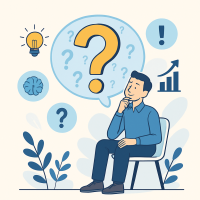 The Power Of Asking The Right Question Lies In The Quest For Insight. To experience the power of asking the right question you must develop the practice of asking questions. The best way to improve th…
The Power Of Asking The Right Question Lies In The Quest For Insight. To experience the power of asking the right question you must develop the practice of asking questions. The best way to improve th…Site Pathways
 Here is a site pathway to help new readers of Zen-Tools navigate the material on this site. Each pathway is based around one of the many key themes covered on this site and contain a 150 word introduc…
Here is a site pathway to help new readers of Zen-Tools navigate the material on this site. Each pathway is based around one of the many key themes covered on this site and contain a 150 word introduc…How To Live With Contradiction - Beyond Thought Let Stillness Speak
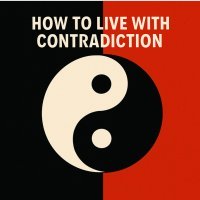 A major impact on so many peoples' lives is the situational contradiction of unfilled realistic expectations. So where does all this leave us? Well here we are, with mental equipment that is more lim…
A major impact on so many peoples' lives is the situational contradiction of unfilled realistic expectations. So where does all this leave us? Well here we are, with mental equipment that is more lim…How To Trust The Process Of Mindfulness - Right Now
 In mindfulness, the process isn’t some distant goal — it's what is happening right now. When we talk about how to trust the process of mindfulness the credibility of the process is heavily dependent…
In mindfulness, the process isn’t some distant goal — it's what is happening right now. When we talk about how to trust the process of mindfulness the credibility of the process is heavily dependent…Inner Mastery For Outer Impact - Mental Clarity For Effective Action
 Insights only matter if they translate into consistent action. In a world crowded with quick fixes and motivational soundbites, the theme “Inner Mastery for Outer Impact” calls us to something more e…
Insights only matter if they translate into consistent action. In a world crowded with quick fixes and motivational soundbites, the theme “Inner Mastery for Outer Impact” calls us to something more e…The Wise Advocate - Helping You Achieve The Very Best Outcome
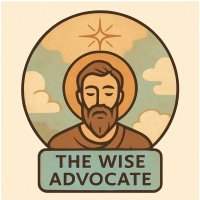 The focus of your attention in critical moments of choice either builds or restricts your capacity for achieving the best outcome. When we talk of 'The Wise Advocate' its easy to think of the consigl…
The focus of your attention in critical moments of choice either builds or restricts your capacity for achieving the best outcome. When we talk of 'The Wise Advocate' its easy to think of the consigl…Trust The Process - Beyond The Cliche
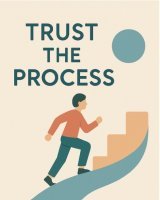 The phrase "trust the process" has become a cliche, the woo-woo mantra of the "self help" industry. Those three little words feel like they ought to mean something useful but hidden behind them are a…
The phrase "trust the process" has become a cliche, the woo-woo mantra of the "self help" industry. Those three little words feel like they ought to mean something useful but hidden behind them are a…The Dopamine Delusion - Why Anticipation Beats Achievement
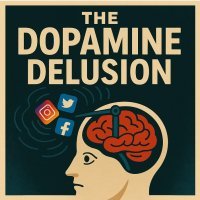 The thrill we feel is not in the having, but in the wanting. The more we have, the more we want. The more things we acquire and the easier things get for us, the more discontent we feel. The more spo…
The thrill we feel is not in the having, but in the wanting. The more we have, the more we want. The more things we acquire and the easier things get for us, the more discontent we feel. The more spo…The Power Of Silence Is Experienced In Your Use Of Language
 Practise the "Beneficial Neurological Delay" for optimal comprehension. The power of silence is experienced in your use of language, specifically: - How you formulate the words you use to think and in…
Practise the "Beneficial Neurological Delay" for optimal comprehension. The power of silence is experienced in your use of language, specifically: - How you formulate the words you use to think and in…Dealing With Setbacks - 5 Questions To Help You Face Discomfort
 How To Counter The Cognitive Shock Of A Setback. Setbacks challenge your instinctual desire for control and comfort, making it unnatural to respond with calm or acceptance. The reason for these instin…
How To Counter The Cognitive Shock Of A Setback. Setbacks challenge your instinctual desire for control and comfort, making it unnatural to respond with calm or acceptance. The reason for these instin…Why Praxis Is The Key To Living A Successful And Stress Free Life
 Praxis Is The Process Of Taking Informed Action To take informed action you need to be prepared with information, knowledge, education and insight. Informed action is objective action that: - Seeks to…
Praxis Is The Process Of Taking Informed Action To take informed action you need to be prepared with information, knowledge, education and insight. Informed action is objective action that: - Seeks to…The Power Of Working With The Front Line
 How To Exercise Influence Without Authority In Complex Systems I first discovered the power of working with the frontline when I was working as a business troubleshooter on large projects, programmes…
How To Exercise Influence Without Authority In Complex Systems I first discovered the power of working with the frontline when I was working as a business troubleshooter on large projects, programmes…